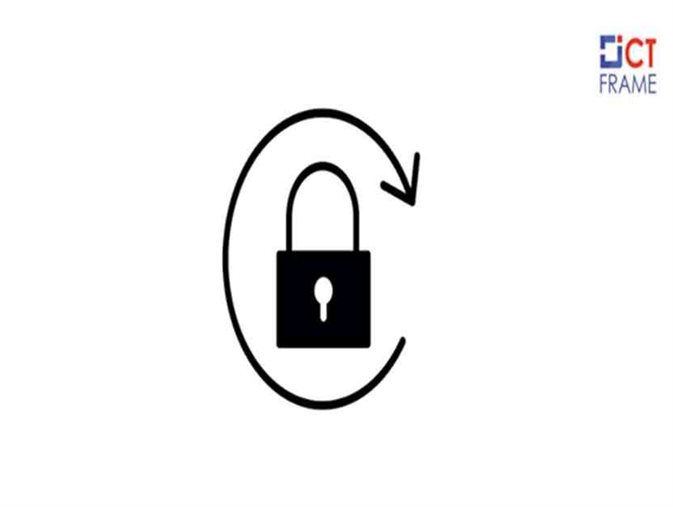Cost of Account Unlocks, and Password Resets Add Up
There are many labor-intensive tasks that the IT service desk carries out on a daily basis. None as tedious and costly is resetting passwords.
Modern IT service desks spend a significant amount of time both unlocking and resetting passwords for end-users. This issue has been exacerbated by the COVID-19 pandemic.
Causes of account lockouts and password resets
End-user password policies, such as those found in Microsoft Active Directory Domain Services (ADDS), typically define a password age. The password age is the length of time an end-user can keep their current password.
While new guidance from NIST recommends against the long-held notion of forced password changes, it is still a common and required security mechanism across other compliance standards and industry certifications such as PCI and HITRUST.
When the password age is reached for the user account, the user must change their account password. It is generally prompted at the next login on their workstation. This scenario creates a series of likely events. Many end-users procrastinate changing their password, even if they are notified ahead of time.
Users also have various mobile devices connected to their accounts. If a user does not synchronize all device passwords when the account password is eventually changed, this will create issues that can lead to a lockout. It can create further confusion as the end-user may be using the correct password on their workstation.
What are the costs of account lockouts and password resets?
It might seem like a simple password reset is a trivial matter with no actual cost to the business. However, the data shows otherwise. A study by the Gartner Group found that between 20-50% of all service desk calls were for performing password resets. Forester Research adds to this finding by research showing the average help desk labor cost for a single password reset can cost upwards of $70 or more.
First, suppose the organization is conscious of best practice security processes (which they should be) before a password can be changed for an end-user. In that case, the identity of the user requesting the password change must be verified. Why is this? An attacker may use social engineering tactics to persuade the service desk to change a legitimate user’s account password. This scenario hands an attacker legitimate credentials, which leads to a compromise of the environment. The process to verify end-user identity by manual means can be time-consuming.
Next, businesses may still be using interconnected legacy systems that require manually changing passwords in multiple places rather than a single change flowing across the environment seamlessly. The manual process required for the helpdesk team to ensure a password is changed correctly may be labor-intensive.
It can require the helpdesk team to log in and use many different tools for changing a password in multiple systems for a single user account. Finally, the end-user may be “dead in the water” waiting on the IT service desk to assist with unlocking a locked user account or resetting a password. The time spent where an end-user is locked out and unable to perform their work duties in itself will result in impacted business processes and will ultimately cost the business.
What tools reduce the cost of account lockouts and password resets?
Organizations looking to reduce the cost of account lockouts and password resets can significantly benefit from Self-Service Password Reset (SSPR) tools. Much as the name implies, an SSPR solution allows end-users to unlock their account and reset their passwords using a self-service workflow.
End-users have to enroll or be enrolled by system admins ahead of time in the SSPR solution for onboarding purposes. The user-led enrollment process allows the end-user to configure the various multi-factor identification methods needed to verify their identity to perform the self-service actions. It may include setting up synchronization with an authenticator app such as Google Authenticator, mobile verification by text or phone call, or other means. If led by the admin, this can require pre-filing the required verifier information in users’ Active Directory profiles.
Once the end-user enrolls/is enrolled in the solution, they can visit a web portal to begin the workflows to unlock their account or reset their password. They can do this without any involvement or intervention from the IT helpdesk. As you can imagine, this can reap tremendous benefits in terms of offloading the workflow from the service desk and allowing the end-user to take care of triaging their account issues.
SSPR solutions are only as good as the number of end-users who are enrolled. A good SSPR solution allows administrators to have the tools needed to onboard users programmatically. This capability includes pre-enrolling users, which doesn’t require effort from admins or end-users as the system would rely on existing Active Directory identifier data to enable users to use authentication methods that rely on that data. When this option is present in SSPR solutions, it can dramatically increase the adoption of the SSPR solution across the board.
Lowering password reset costs with Specops uReset SSPR
An effective SSPR solution provides the tools and capabilities needed for businesses to quickly give end-users easy enrollment capabilities and perform self-service account workflows. Specops uReset is a robust Self-Service Password Reset solution that effectively allows companies to eliminate password reset calls to their IT helpdesk.
It provides the following capabilities:
- Enables users to reset their Active Directory passwords securely
- Users can use any device and can reset their password from anywhere
- Enrollment enforcement
- Users can initiate the password reset process from a browser, mobile device, or right from the Windows logon screen
- It allows companies to implement a series of multi-factor authentication requirements that align with the business cybersecurity policies
- It includes geo-blocking
- Administrators have access to PowerShell scripts to quickly onboard users into uReset.








